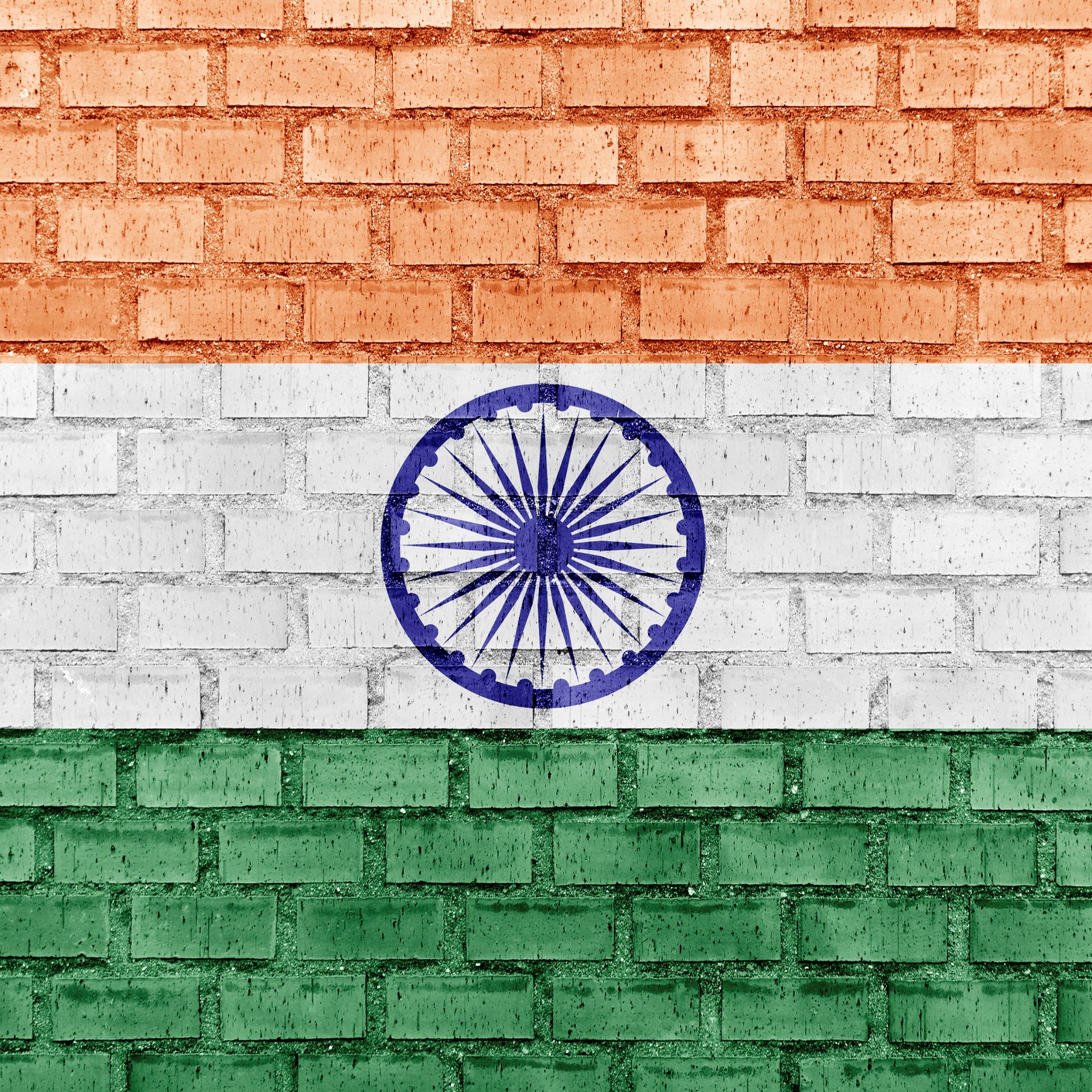Economy
Why India Is Worst Country in the World for Business

Published:
Last Updated:

Leaving aside the exit of Raghuram Rajan, the popular governor of the Reserve Bank of India, and Prime Minister Narendra Modi’s announcement that it will be easier for companies from outside the country to invest in India, the country remains the worst place in the world to do business.
India remains mired in corruption, large cities that have the most dangerous pollution in the world and worries that the government significantly misleads outsiders about its gross domestic product (GDP) and other critical measures of its economy. And a portion of India’s society supports barbaric practices that allow for honor killings and do little to stop heinous crimes like rape.
A recent report from The World Bank titled “Doing Business 2016: Measuring Regulatory Quality and Efficiency” reports that out of 189 countries, India ranks 130th in terms of ease of doing business, with particularly bad scores for starting a business, dealing with construction permits and registering property. Notably, China ranks 84th and Russia 51st.
India is considered remarkably corrupt as a place to do business, based on an important report that addresses the subject. A World Economic Forum report titled “Partnering Against Corruption Initiative: Infrastructure and Urban Development” says in the section on India:
Despite this positive outlook, corruption remains a major barrier to growth in India. According to the World Bank Enterprise Survey 2014, the private sector considers corruption as the biggest business environment obstacle.
Along similar lines, in Transparency International’s “Corruption Perception Index 2015,” India ranked 76th out of 167 countries, just ahead of China in 83rd place and tied with Brazil. The authors wrote:
In India and Sri Lanka leaders are falling short of their bold promises, while governments in Bangladesh and Cambodia are exacerbating corruption by clamping down on civil society. In Afghanistan and Pakistan a failure to tackle corruption is feeding ongoing vicious conflicts, while China’s prosecutorial approach isn’t bringing sustainable remedy to the menace.
The level of pollution in large cities is a significant factor for workforces. India’s cities are the worst in the world. The “WHO Global Urban Ambient Air Pollution Database” ranks six Indian cities among the 10 most polluted in the world.
Among the other aspects of India’s problems for business is the fact that its government may well put out misleading data about it economy, particularly GDP. According to a recent report by CNNMoney:
For India, the storm clouds began to gather in January 2015 when the country’s statistics bureau changed the way it calculates the size of the economy. Overnight, the pace of growth went from mediocre to eye-popping.
Officials have defended the change, arguing that the new method is far more rigorous, and incorporates crucial data from the corporate sector that only recently became available.
Critics of the statistics agency, however, have not been swayed. They say the new GDP numbers lack credibility because they diverge so dramatically from indicators such as industrial production, investment spending and exports.
If the GDP data are wrong, and wrong because of actions by the statistics office, a huge amount of the information issued by the agency could be wrong as well.
Finally, there is the great challenge of doing business in a geographically huge nation with a terrible infrastructure. Bloomberg recently reported:
To see the challenge Prime Minister Narendra Modi faces to improve India’s ailing infrastructure, ask the state-run company specializing in lending to the sector. It estimates $750 billion of debt is needed for the task.
That’s more than twice the size of Singapore’s economy, and five times the existing 9.2 trillion rupees ($144 billion) of bank loans to Indian infrastructure projects. The solution is to rethink current funding techniques, according to S.B. Nayar, the chairman of India Infrastructure Finance Co. Ltd.
The $750 billion hurdle is much too high for India to clear.
Modi’s announcement about an India more open to business is only an invitation to operate in a country mired in corruption and pollution.
Are you ahead, or behind on retirement? For families with more than $500,000 saved for retirement, finding a financial advisor who puts your interest first can be the difference, and today it’s easier than ever. SmartAsset’s free tool matches you with up to three fiduciary financial advisors who serve your area in minutes. Each advisor has been carefully vetted and must act in your best interests. Start your search now.
If you’ve saved and built a substantial nest egg for you and your family, don’t delay; get started right here and help your retirement dreams become a retirement reality.
Thank you for reading! Have some feedback for us?
Contact the 24/7 Wall St. editorial team.